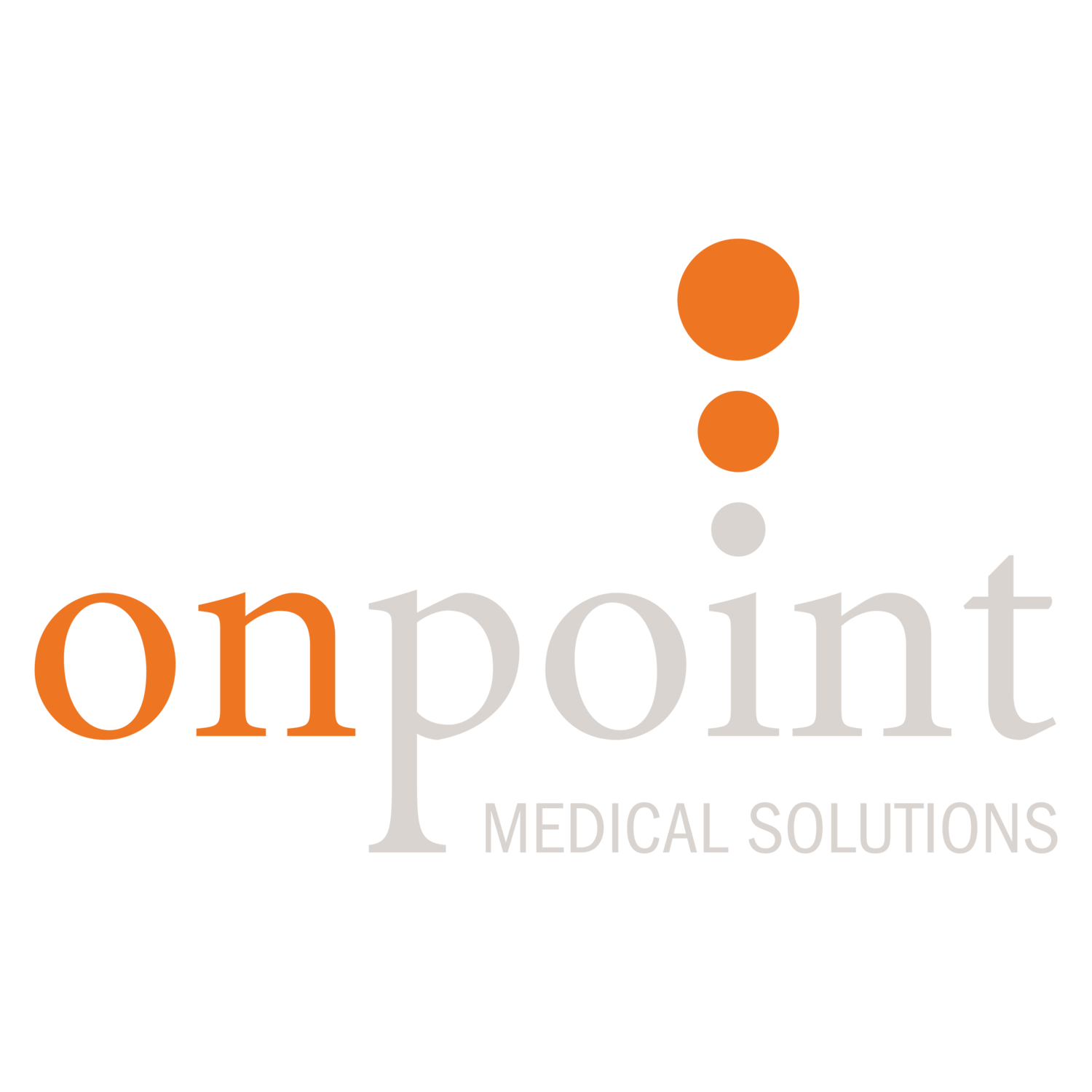How to Get Paid for Incident to Billing
Employing a non-physician practitioner (NPP) e.g. physician assistant or nurse practitioner has many benefits. It increases patient through-put, enhances the patient experience and increases a practice’s revenue. Once the NPP is hired, we are many times asked what is “incident to” billing and when does it apply.
Simply put, incident to billing applies only to Medicare and allows the NPP to be reimbursed at 100% of eligible charges. If incident to billing is not utilized, then the NPP will be reimbursed at 85%. The specific requirements are detailed in Chapter 15, Section 60 of the Medicare Benefit Policy Manual.
So, what are the rules for incident to billing?
There are some basic rules and all must be met to meet the incident to rules for Medicare payment.
Services must be rendered in a setting other than a hospital or skilled nursing facility. The Centers for Medicare & Medicaid Services (CMS) refers to this as non-institutional settings.
A physician who is Medicare-credentialed must initiate the patient care. The NPP cannot see the patient for the first visit or if a change in the treatment plan is needed.
Both the physician and the NPP must be employed by the entity that is billing for the service. If the physician is a solo practitioner, then the physician must employ the NPP.
Follow-up care can be rendered by the NPP provided they are under the direct supervision of a Medicare-credentialed physician. Direct supervision requires that the physician be a part of the same group, but not necessarily the physician who performed the initial patient evaluation, be present in the same office suite and immediately available to help during the time the NPP is rendering patient care.
Pursuant to the physician’s state licensure rules, they must actively participate in and manage the patient’s treatment.
The service provided must be routinely provided in the office setting and are of a type considered medically appropriate to provide in the office setting. Incident to billing does not apply to services that have their own benefit category, such as diagnostic testing.
Documentation should include who performed the service and who was the supervising physician.

